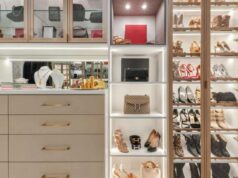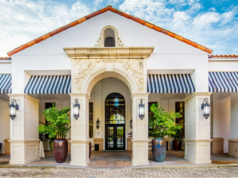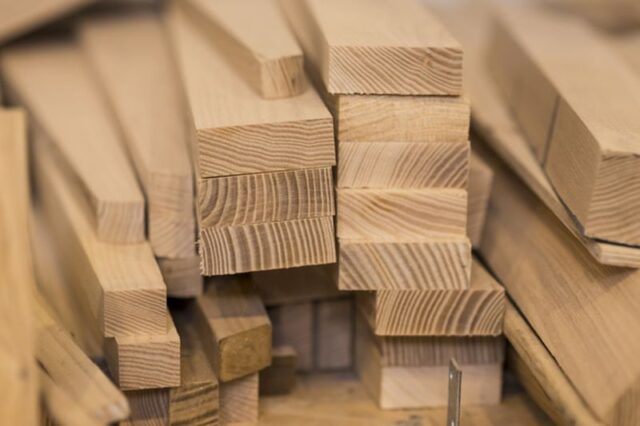
Timber, also known as lumber, is a great building material for many reasons. It is versatile, durable, adaptable and visually appealing. It is a type of wood from harvested trees which is then processed into planks and beams of diverse shapes and sizes, often employed for structural purposes. It can be used for the construction of different kind of structures – from simple bin enclosures and sheds, to timber frame houses and buildings. It comes in different grades according to its natural characteristics, with knots being one of them and it impacts the value and the manner it can be put to a use.
If laminated, it becomes stronger and more resistant to distortion. The most common softwood (which makes up 80% of the timber) that is used is pine, but cedar, redwood, spruce and hemlock are the other typical representatives. About 20% of timber is made out of hardwood, and it is mostly used for flooring purposes. As these trees grows at a slower pace, hardwood is more dense and firm, and consequentially, more expensive than softwood.
As mass timber structures for housing, commercial and industrial purposes are becoming common in North America and Europe, the demand for timber is ever growing. There is a rising pressure to design for energy efficiency and it has been an opportunity to introduce lumber as a superior cost efficient building material compared to other, with physical characteristics that make it suitable for outdoor assemblies and products. Also, the walls and the roof of such a construction can easily be insulated and that way, the power bills for both heating and cooling will be lower.
After consulting the experts at Hamill Creek Timber Frame Homes, the following benefits of using timber for frames and enclosures have been established:
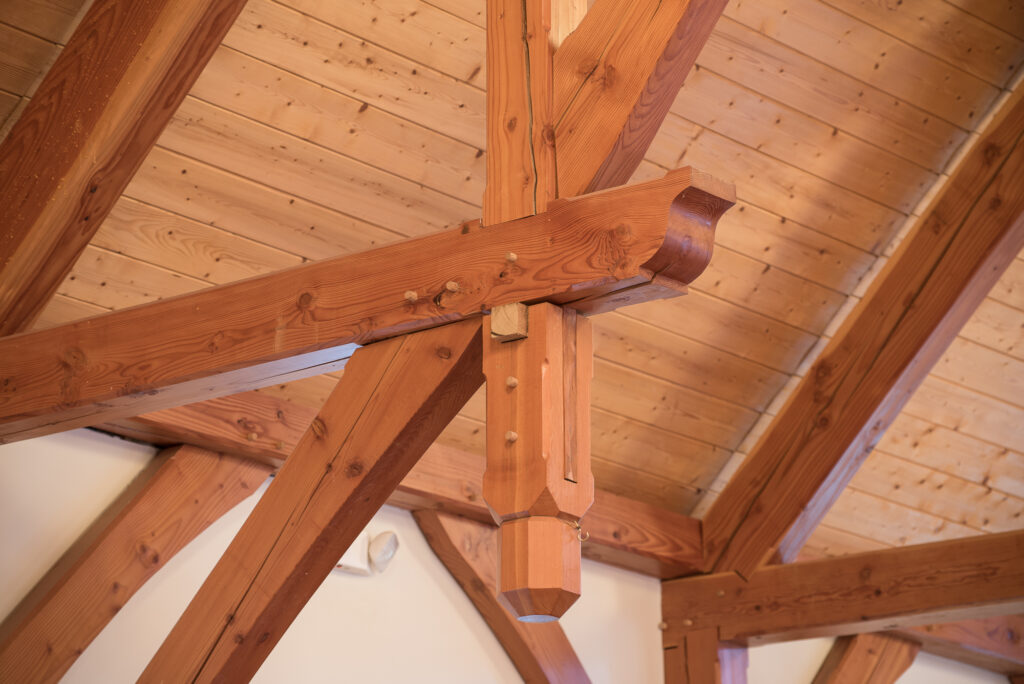
Page Contents
Choice for every taste
The timber beams and planks can be cut at different length and width, straight or curved, and can be set in such a way that the space will appear vast and seemingly unsupported, allowing for much light and aeration through tall windows and large doorframes.
The exposed timber gives a sense of warmth, texture and overall luxury which is what many people strive for when creating their dream home or office space. When it comes to outdoor structures, usually structural and visual grade timbers are chosen, but they should be able to withstand more hostile weather conditions.
Lasting performance
The quality and type of timber, the way it has been treated with chemicals that would protect it from pests, rot, mold, fungi and environmental factors, and the coats of special paint or even lamination, will dictate its durability. The other factor is mostly the exposure to the elements, depending on the particular weather conditions.
The good side of it is that it can be used in various climates, as it doesn’t corrode or get damaged by salt, and with the wood preservatives, its natural durability can be significantly prolonged. However, it is a bit more high maintenance than some other materials, but if cared for properly, it will last for generations.
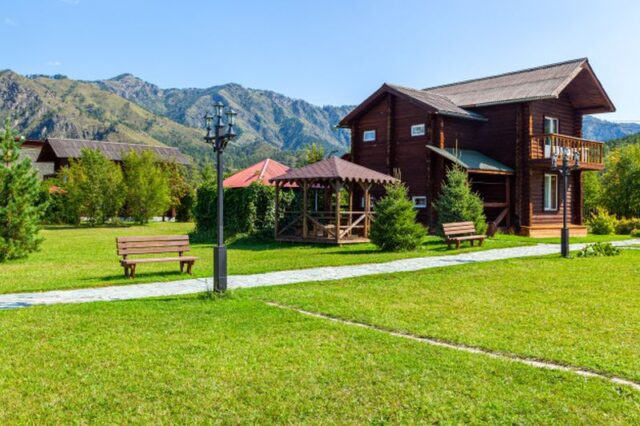
Natural appearance
It is excellent for living spaces as it favors a pleasant ambient by creating a sense of warmth and elegance. The better the type and grade of the timber, the more luxurious it will appear and most importantly – it never goes out of style. It is a material that has been used in construction since prehistoric times, when humans first started building houses. It has always been present in many man-made structures because of its unique features and looks, as well as its timeless aesthetics.
Availability and cost-effectiveness
Timber is abundant and available in many types and forms, mostly contingent on the local wood resources. Of course, nowadays its transportation is no longer an issue, and even lumber that is not typical for a particular location, can be obtained from somewhere else for the purposes of building and construction. It is very accessible and can easily be sourced from suppliers from practically anywhere in the world and then transported to any site where it is needed.
However, it is advisable to use locally sourced wood, as that decreases the impact on the environment and makes it even more eco-friendly. Also, when it comes to addressing the economic availability, it is value-for-money and an investment that is worth making. It is a cost effective alternative to many other resources. It will meet code requirements for safety and performance, but as it costs less to procure and process wood into timber, it remains an affordable material to build with.
It is much easier to cut and drill in it, to lift it and to install it since the machinery for such steps is highly developed, meaning it fast and efficient to construct with, so the labor cost will be also diminished.

Sustainability
Timber can be recycled and reused, with almost no waste created in the building process, thus making it environmentally friendly. The constructions made with it can be turned into energy-efficient edifices that will reduce the carbon footprint, particularly with using structural insulated panels (SIPs). Nevertheless, both suppliers, construction companies, and clients must insist on sustainably harvested local lumber, so that the environmental impact would be minimized. There should be forest management certification for sustainable development and reforestation.
Safety and ease of use
It is easily handled and safe to work with. It is non-toxic and doesn’t damage and pollute the environment. It is significantly lighter than many of the other materials used in construction – steel, concrete, etc., and therefore, it requires a less expensive foundation.
That also translates into lower transportation costs, as well as flexibility during the construction process. Specifically, there aren’t load-bearing walls in timber frame structures, which allows changes to the floor plan with no structural consequences to the whole construction.
Many components can be manufactured off-site and simply assembled when they arrive, cutting down the time of installation and requiring less space for onsite storage and preparation. They can be customized to fit the desires of the clients and according to the availability of space.
















